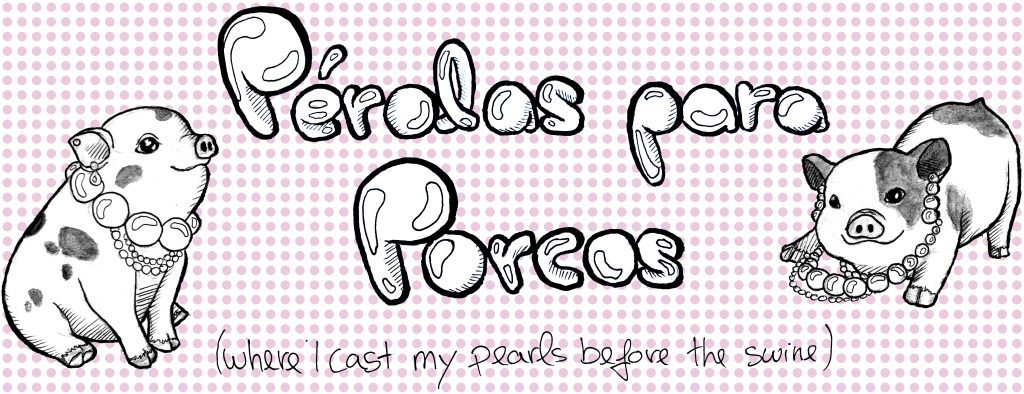Since I started this course, I have wondered about my “style” and the type of animation that I should specialize in, mostly by comparison with my peers. A lot of them seem to have a very well defined style of drawing and coloring, and most of them already know the type of animation they want to do. Throughout this Unit, as I have been doing the different assignments, I tried not to overthink about these questions and I figured whatever my “style” is, it will come out the more animations I make. However, one thing that I am very certain of is that I want to explore queer characters as much as possible, as I showed with both Zé (lift exercise) and Teté (lipsync). Analyze the way they move and talk, amplify their mannerisms shamelessly, but more importantly, to showcase a diverse range of queerness and queer bodies, to avoid unconsciously contributing to any stereotypes.

For the Character Design assignment, I was incredibly inspired by Yukio Mishima’s book “Forbidden Colors” (1951), which takes place in the post-war Tokyo’s underground gay scene, as well as the drag artist Akihiro Miwa, who was allegedly Mishima’s lover in the 1960’s. I tried to recreate Miwa’s silhouette and style, as well as their overall mood in the character’s poses.

The first time I showed this assignment back in December, I was told that I should avoid putting too much detail on the character’s clothing. It’s something that I constantly have to remind myself in the different assignments, as I tend to exaggerate with details. In the end, I can always add detail with color and texture, which is much better in 2D animation instead of worrying about redrawing them on each frame. I have also come to the conclusion that I need to keep practicing drawing hands and feet, and design them differently for different characters.


For the “Walk with Mood Change” exercise I was inspired by the documentary “The Queen” (1968) and drag queens from the 1950’s and 60’s in general. During the majority of the 20th century, in most western countries (including Portugal), crossdressing was a crime, and many trans and queer people were arrested and harassed, as a consequence of that.

I wanted my character to walk elegantly and naturally, until she sees herself in a “Wanted” poster and she sneaks out of the frame of view. I also showed this exercise last term and one thing we noticed was that I need to ensure that the frames, where the character is reacting to the poster, last longer so that the “message” comes across clearly.

In the “Facial Performance” exercise, I was more interested in deconstructing the standards of beauty in a queer body. A lot of the times, trans and queer people have a very hard time matching cisgender beauty standards, especially because our bodies don’t match with the gender expression that is expected of us. For that reason, my character has an incredibly muscled body, as well as very plumped lips and a feminine style . I was also inspired by a scene in “I,Tonya” (2017), where Tonya emotionally starts crying as she puts makeup on her face, in front of a mirror.

For this exercise, I wanted to experiment with hand-drawn animation, especially because I wanted to play with the coloring textures and the different opacities from layering different pieces of paper. Initially, I had a hard time making my animation clear (because of all the layering) so I added some contrast with color, frame the mirror with a black wall, and made the “reaction” frames longer. In the end, I wished I hadn’t done so many layers, as I would have preferred to see the animation and the color texture, but now that I know, I’ll pay more attention to that in the future, and make some samples before I make up my mind. To accompany the animation, I chose a section from a song called “Rugas” (wrinkles) sung by Humanos but written by 80’s Portuguese gay musician icon, António Variações. I really felt that this song’s melody captured the feelings of my character, but at the same time, it makes sense for me combine my animation with music created by queer icons that are no longer with us.

For the “Given Lipsync” I wanted to please my Fashion History obsession. One of my favorite decades is the 1830’s, where women would wear puffy sleeves below their shoulder line and wear the most intricate up-do’s. It’s also where one of my favorite queer history TV shows takes place, “Gentleman Jack” (2019). The lipsync I chose is from Alec Guiness as Professor Marcus in “The Ladykillers” (1955). Unfortunately, I haven’t watched this film yet, but he sounded so campy and posh that automatically I imagined a women from high society of the 1830’s.

Queerness not only existed then, but it expressed itself in different ways especially due to different beauty standards. Facial and body hair was commonly seen in women in different places around the world, and in many cases it was considered an appealing feature, as the feminist Persian princess Zhara Khanom (1884-1936). I enjoyed doing this exercise a lot, because I felt like it was a very performative lipsync, in contrast with my previous one. I struggled a lot with the pleats of her dress, as I would redraw them differently on each frame and would cause too much visual noise in the overall video, so I ended up reusing the same image for most of the body. I used a film of myself waving a paper fan as rotoscoping for her fan and also as a visual reference for the lips movement.
